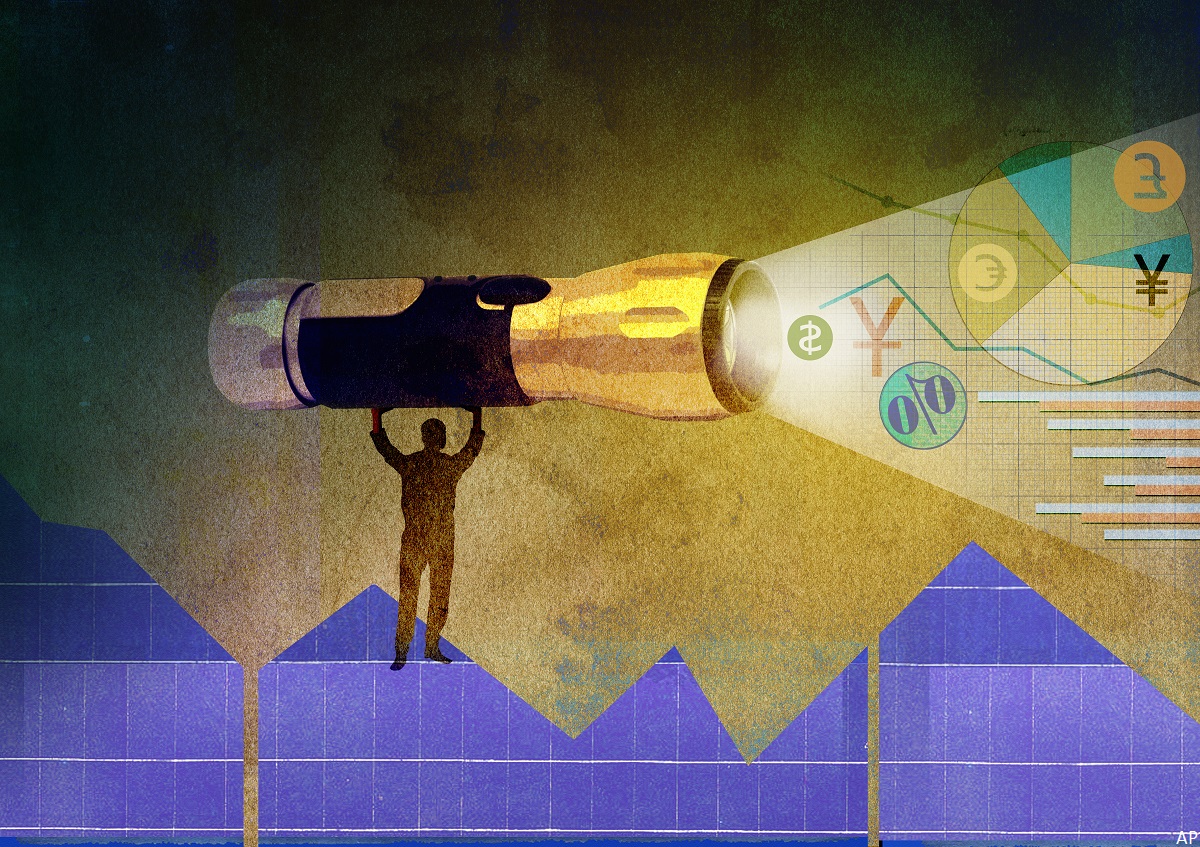
For CC&L Core Income and Growth, the goal is to deliver a higher yield than a typical benchmark-focused balanced portfolio while achieving less volatility. No easy task, especially today.
The fundamental equity team, co-headed by Andrew Zimcik, portfolio manager and director, and Gary Baker, portfolio manager and director, at Vancouver-based Connor, Clark and Lunn Investment Management Ltd., has more than met these objectives over most medium and long-term periods. Furthermore, according to Morningstar's recent numbers, the fund has scored impressive top quartile returns for a variety of time periods ranging from three months to 10 years.
The silver-medalist $135 million fund, part of Morningstar’s Tactical Balanced Category, boasted a 10-year average annual return of 7.4% at Sept. 20, 2022, far ahead of the category average of 4.8% and the Morningstar benchmark index’s 6.0%.
Shorter term, for the turbulent year-to-date ended Sept. 20, the fund lost 7.5% while the category average showed a greater loss of 10.2% and the comparable Morningstar index lost 12.0%.
On average, the equity component of the balanced fund, has delivered a yield roughly 15% higher than the S&P/TSX Composite Index with volatility approximately 20% lower during the past 10 years, says Tim Elliott, Toronto-based president of CC&L Funds, an affiliate of CC&L Financial Group.
Income Needs to Last
The team focuses on companies that pay “sustainable dividends,” and this could mean avoiding entire sectors of the TSX where dividends cannot be relied upon, as well as individual companies that lack stability and steady growth prospects.
“Non-dividend payers and unsustainable dividend payers can have a very negative impact on risk-adjusted returns, and avoiding them is an important part of our investment process,” Zimcik says. “We stay away from high-flying startups and don’t chase the flavour of the day.”
Because certain Canadian market sectors such as health care, consumer products and technology don’t contain an abundance of reliable dividend-paying companies, the team turns to the U.S. for opportunities in some sectors to enhance portfolio diversification. For example, holdings include Constellation Brands Inc. Coca-Cola Co, Texas Instruments and Microsoft Inc. The fund’s foreign content weighting is around 20%, made up of U.S-based, reliable dividend-payers.
In Canada, the investment universe on the equity side is made up of 400 stocks that may be large, medium or small capitalization. The CC&L team conducts rigorous analysis to select those most appropriate for the portfolio at any given time. Currently, there are about 50 holdings on the equity side. Turnover is about 40% a year, which is more active than some balanced portfolios as the team adjusts the portfolio to changing circumstances.
Big Picture Bets
“We spend a lot of time analyzing what might happen in the economy and what kinds of companies will benefit as a result,” says Zimcik. “The big picture view helps dictate what type of stocks we are buying or selling, as well as our exposure to fixed income. It is the lens through which we evaluate companies as well as determine our asset mix.”
In fixed income, the portfolio concentrates on high-quality corporate bonds issued by blue-chip Canadian companies. Fixed income currently stands at just below 20% of fund assets, and typically ranges between 10% and 25%.
The team reduced the fixed income weighting earlier this year by a few percentage points as it became apparent that inflation was heating up and interest rates would be hiked by central banks.
“It has been a challenging time for fixed income, but we still consider it to be an important diversifier as it provides exposure to a different asset class and can add stability,” says Zimcik.
A series of interest rate hikes by the Bank of Canada and other central banks around the world in a short time have unsettled investors, and there could be more hikes ahead.
Warning Signs
The team is expecting further volatility in both the economy and the stock market. While a recession is not a foregone conclusion and is not yet reflected in the stock market, “a lot of indicators are flashing yellow or red,” Zimcik says
Historically, the Canadian stock market has sold off 30% to 35% from peak to trough during recessions, says Zimcik. With the S&P/TSX Composite down 12.9% this year as of September 23, a further selloff is likely if a recession happens.
“The market usually bottoms when central bankers make the transition from hawkish to dovish, and we are probably quite a ways away from that,” Zimcik says. “We are still fully invested but are quite defensively positioned. If we see things changing, such as an economic rebound or a bottoming in the stock market, we would reposition.”
Defensive Moves
With the market looking vulnerable to further declines if corporate earnings disappoint investors, the fund’s focus is on low-risk, stable stocks that can withstand a cyclical downturn.
The team recently added to the fund’s position in Hydro One Ltd. (H), an electricity transmission and distribution utility serving Ontario. Holdings were also increased in Element Fleet Management Corp. (EFN), a provider of fleet management services for commercial vehicles whose leasing business is benefitting as more corporations outsource fleet transportation.
“We expect inflation to remain elevated for some time,” says Zimcik. “We like businesses that have revenue tied to inflationary drivers or that can pass on cost increases to clients by raising prices. We’re staying away from companies where margins could get squeezed.”
Another holding added to recently is Tourmaline Oil Corp. (TOU), an energy company with a strong focus on natural gas. It has generated impressive earnings growth as well as an attractive record of dividend payments.
Renewable energy is a theme in the portfolio, with holdings expected to benefit as the world transitions to cleaner energy sources. Holdings include Northland Power Inc. (NPI), Boralex Inc (BLX) and Brookfield Renewable Partners LP (BEP.UN).
Canadian banks are a big part of the fund, due to consistent growth and healthy dividends. The Royal Bank of Canada (RY) and the Toronto Dominion Bank (TD) are top holdings, and financial stocks are the largest sector weighting at 23%.








.jpg)












